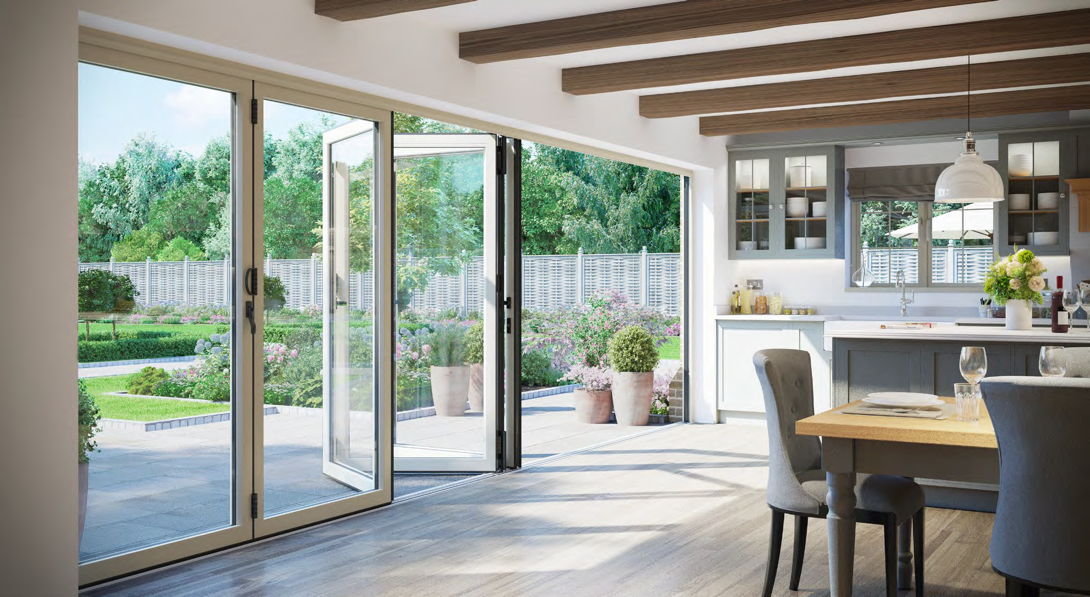9 Lessons Your Parents Teach You About Residential Window Installation
The Comprehensive Guide to Residential Window Installation
Windows are more than simply openings in the walls; they play a vital role in the aesthetics, energy performance, and comfort of a home. Whether you're replacing old windows or installing new ones, understanding the ins and outs of residential window installation is essential for homeowners. This short article provides an extensive overview, including types of windows, the installation procedure, costs, and regularly asked concerns.
Types of Residential Windows
Before diving into the installation procedure, it is important to comprehend the types of windows readily available. Each type uses distinct advantages, features, and designs. Here are a few typical types of residential windows:

| Type | Description | Advantages |
|---|
| Single-Hung Windows | Functions a fixed upper sash with a movable lower sash. | Economical and easy to operate. |
| Double-Hung Windows | Both sashes are operable, permitting flexibility in ventilation. | Enhanced air flow and easy cleaning alternatives. |
| Sash Windows | Hinged at the side and opens external, offering excellent ventilation. | Fantastic energy effectiveness and unobstructed views. |
| Moving Windows | Features 2 or more sashes that move horizontally. | Easy to open and close, appropriate for larger areas. |
| Awning Windows | Hinged on top and opens outside, enabling ventilation even in rain. | Secures interior from rain while allowing airflow. |
| Bay and Bow Windows | Extends external from the home, producing a nook and enhancing visual appeals. | Adds space, light, and visual interest. |
Comprehending these ranges will make it simpler to select windows that satisfy both energy performance and aesthetic requirements.
The Installation Process
Installing windows in a residential setting involves several steps. Here's a thorough outline:

1. Preparation
- Measure Window Openings: Accurate measurements are important to guarantee the new windows fit properly.
- Choose the Right Windows: Select window types and designs that complement the home's architecture and fulfill performance requirements.
2. Elimination of Old Windows
- Eliminate Interior Trim: Gently pry off the trim around the window to expose the frame.
- Separate the Window Sashes: If applicable, eliminate the sashes by cutting away any caulking or paint seals.
- Eliminate the Frame: Cut through fasteners holding the window frame, then thoroughly get rid of the whole unit.
3. Preparation of the Opening
- Examine and Repair: Check for any damage to the surrounding wall or structure and repair as needed.
- Add Insulation: Install insulation to improve energy effectiveness and decrease drafts.
4. Setting Up the New Window
- Position the Window: Place the new window into the opening, ensuring it is level and square.
- Protect the Window: Anchor the window in location using screws or nails.
- Look For Proper Operation: Before sealing, test the window to guarantee it opens and closes easily.
5. Sealing and Finishing
- Insulate and Fill Gaps: Use foam insulation to fill gaps between the window frame and the wall.
- Caulk: Apply exterior caulk around the boundary of the window to seal versus water infiltration.
- Reinstall Trim: Once whatever is protected and dry, re-install the interior trim to complete the appearance.
6. Last Inspection
- Guarantee that all installations are practical, and carry out a final look for gaps or drafts.
Cost Considerations
The cost of residential window installation can differ widely based on a variety of aspects including window type, size, labor costs, and product options. Here is a simplified breakdown of prospective costs:
| Type of Window | Typical Cost (Including Installation) |
|---|
| Single-Hung | ₤ 300 - ₤ 700 |
| Double-Hung | ₤ 400 - ₤ 800 |
| Casement | ₤ 500 - ₤ 1,000 |
| Sliding | ₤ 300 - ₤ 900 |
| Bay and Bow | ₤ 1,000 - ₤ 3,000 |
Aspects Affecting Costs
- Product: Vinyl windows are generally less pricey than wooden or fiberglass options.
- Window Features: Custom sizes, energy-efficient glazing, and additional features will increase price.
- Professional vs. DIY: Hiring experts can reassure quality but may add significantly to expenses.
Often Asked Questions (FAQs)
1. What is the very best time to install windows?
- Spring and early fall are perfect for window installation since of moderate temperatures and lower humidity, which guarantee optimal conditions for sealing and curing products.
2. Can I install windows myself?
- While experienced DIY homeowners can manage installation, working with a professional ensures correct installation and guarantee security.
3. How do I maintain my windows after installation?
- Regular check-ups, cleaning up tracks, utilizing suitable window cleaners, and examining for drafts can extend the life-span of your windows.
4. What are energy-efficient windows?
- Energy-efficient windows feature materials and technologies developed to minimize heat transfer and minimize energy expenses. Try To Find ENERGY STAR scores for assurance.
5. The length of time does window installation take?
- Installing a standard-sized window usually takes 30 minutes to an hour. Bigger projects may take a complete day or more, particularly for several windows.
Understanding the complexities of residential window installation can help property owners make informed choices, ensuring their homes remain comfortable, energy-efficient, and aesthetically appealing. Whether going with professional services or starting a DIY job, appropriate planning and execution will considerably boost the home's overall value and function. Picking the ideal type of windows, following an organized installation process, and thinking about long-term maintenance will lead to long lasting advantages for any property owner.



